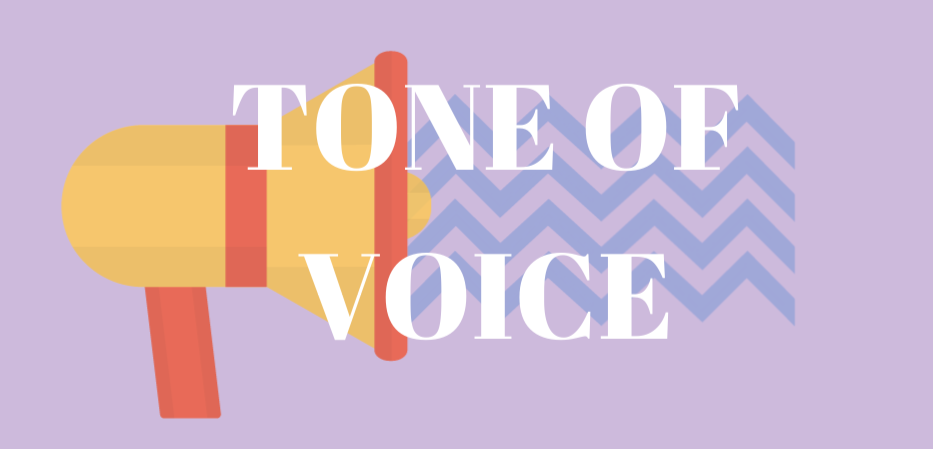How do you go about defining your brand's tone of voice? Start, by thinking about your customers....
As a marketing agency, understanding and utilising buyer personas is essential to developing successful marketing strategies. But what exactly is a buyer persona? And how often should you update them?
A buyer persona is so much more than an imaginary person. They help guide and shape our marketing strategies to make sure they’re delivering the best possible results. Whether you’re looking to start from scratch or refresh your current personas, this blog's for you.
- What is a buyer persona?
- Why create a buyer persona?
- What should a buyer persona include?
- How to use a buyer persona
- Should a buyer persona ever change?
- Emerging consumer trends for 2023
- Putting it all together to increase conversions
- Download our buyer persona template
What is a buyer persona?
You know how important it is to target the right audience and create content that resonates with them. To do this, you need to understand your customers and their behaviours.
One of the best ways to accomplish this is by creating buyer personas. Buyer personas are detailed profiles of your ideal customers that help you make informed decisions about your marketing activities.
Why create a buyer persona?
By creating buyer personas, you’ll gain insight into how people interact with your brand and identify areas where you can optimise your marketing efforts.
Buyer personas allow you to tailor your content, messaging and marketing activity to specific customer segments, which can increase conversions.
What should a buyer persona include?
When building buyer personas, gather data from existing customer surveys, focus groups, interviews and sales reports to help shape the profiles.
After analysing this data, you should be able to identify key traits, such as:
- Age range
- Primary goals for using the product or service
- Specific pain points
- Preferred channels for communication
Once you have identified these traits, create a detailed description for each persona that includes:
- Demographic information such as job title and responsibilities
- Psychographic information such as personality type
- Behavioural patterns such as online habits or purchase triggers
How to use a buyer persona
With these detailed buyer personas, you can build marketing strategies that resonate with each audience segment. You can also use the profiles to inform decisions around pricing strategies or services offered, helping you reach key business KPIs.
Understanding who is likely to convert also helps improve overall conversion rates by targeting those most likely to take action on a given offer. Marketing to the right people, at the right time and via the right channel is essential to driving conversions.
Should a buyer persona ever change?
One of the most important things to ensure successful marketing campaigns is to update your buyer personas every year. Doing this will give you an insight into any changes to your customer base and if your approach needs to alter. Doing so will help increase conversions and ultimately drive revenue for your business.
Technology advancements are one of the biggest contributing factors to changes in consumer behaviour. Are they using mobile devices more often? Are they using social media more often? Are they using new trends in fashion? When updating your buyer personas, consider these questions.
By updating your buyer personas yearly, you’ll have access to valuable information about who you should target with your marketing campaigns. This detailed understanding of your target audience will help you craft messages that resonate with them.
Emerging consumer trends for 2023
The COVID-19 pandemic has profoundly impacted consumer behaviour, completely changing how people shop, purchase and interact with brands. When updating your buyer personas, it’s essential to understand these changes to target consumers effectively and drive sales.
1. Consumers seek out practicality and cost-effectiveness
Before the pandemic, consumerism focused on convenience and luxury. Consumers wanted quick, easy ways to access their favourite products and services. They also sought experiences that would give them satisfaction or a sense of pride from making an expensive purchase.
However, since the pandemic, consumer behaviour has shifted dramatically. People are now focusing more on practicality and cost-effectiveness when making purchases. Instead of paying extra for convenience or luxury items, they look for good value options that meet their needs without breaking the bank.
2. Spending more time online
In pre-pandemic times, many shoppers preferred physical stores to explore the available selection in person. Nowadays, they are much more likely to shop online.
With online shopping gaining traction like never before, businesses must ensure their websites are optimised so customers can easily find what they need without hassle or frustration.
Global retail eCommerce sales are expected to reach $7.4 trillion by 2025.
3. Prioritising trust-worthy brands
Customer loyalty is becoming increasingly valuable in this new era of consumerism. Shoppers now look for brands they trust and will stick with long-term rather than those who offer only short-term discounts or flashy marketing campaigns.
Businesses must build relationships with customers based on trust through quality service, reliability, transparency and customer engagement initiatives such as loyalty programmes — essentially, the essence of inbound marketing.
4. Values environmentally-conscious brands
One of the most noticeable changes is that consumers are more likely to purchase products from eco-friendly companies. There’s been an increase in demand for sustainable materials and a preference for environmentally friendly packaging options.
Companies have responded to this trend by creating products with less environmental impact or using more sustainable materials. This shift has made it easier for consumers to make informed decisions about what they purchase and support businesses that share their values.
By creating marketing campaigns that focus on sustainability, companies can reach a wider audience and show potential customers they care about protecting the environment.
Putting it all together to increase conversions
Having clear, up-to-date buyer personas is an effective way to stay competitive in today’s marketplace.
By monitoring societal changes and trends within your target audience, you can create more effective messages and campaigns tailored specifically for them, ultimately resulting in higher sales figures and greater brand recognition among consumers overall.


